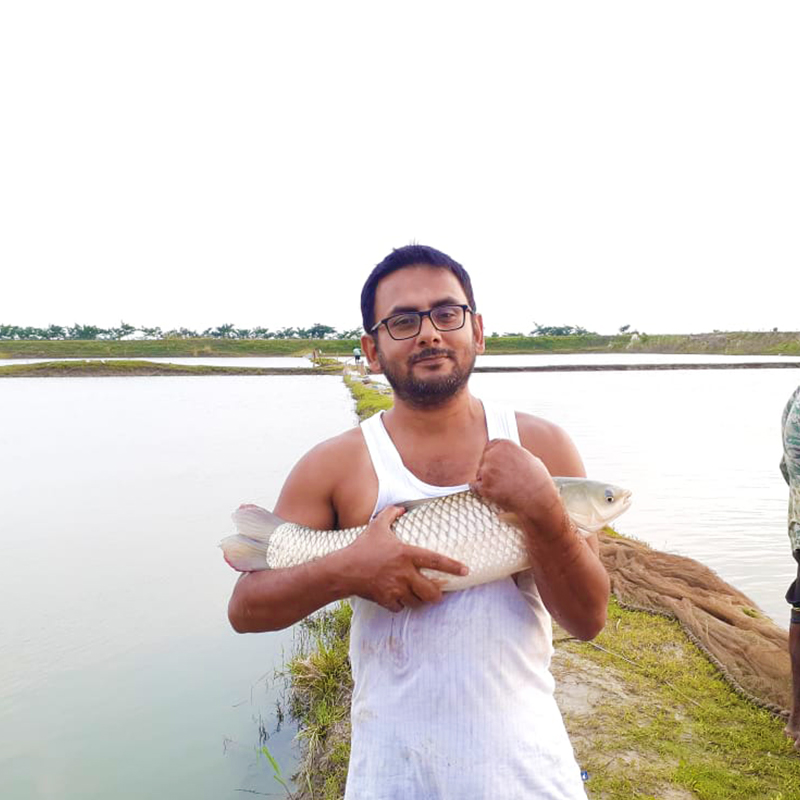The project trained 768 fish farmers and conducted more than 20 online training courses during the pandemic
GUWAHATI: Jokapura village near Gohpur town in north Assam has shown how a community can turn its disadvantage into a thriving success story even during the times of Covid because of the vision of one entrepreneur.
From a 10-acre fish pond in the middle of a 30 sqkm wasteland in 2015, Anup Sarmah, an entrepreneur, has converted the fishery into a 210 bigha (70 acres) project. He divided the fishery into 32 ponds and nurseries and engaged 20 families by skilling them and now they are catering to 20% of the fish consumption needs of the Gohpur sub-division, which has a population of about five lakh people. So far this year, the fisheries have produced 80 tons of live fish and are expecting another 40 tons till March 2022.
To make the villagers self-sufficient, the project trained 768 fish farmers and conducted more than 20 online training courses during the pandemic, which was attended by more than 1,000 fish farmers.
For Sarmah, an MSc in botany from the Gauhati University, resigned as research associate from the erstwhile Regional Research Laboratory in Jorhat to show the way to the unemployed. He received the best fish farmer award under the ‘NE and hill state category’ from Union fisheries minister, Purushottam Rupala, on World Fisheries’ Day on Sunday.
The most valuable triple-asset it has managed to create is the fish seed bank covering 44 bigha with the support from APART, government of Assam, a fish feed mill and marketable live fish. “Our fish seed bank has genetically improved varieties of fish seeds like Jayanti Rohu, Amur carp and Improve Catla originally procured from the National Freshwater Broodbank, National Fishery Development Board located in Bhubaneswar,” he said.
The Bakori Doloni Gram Panchayat, which houses the fishing project, is not accessible during the monsoon when floods ravage the area.The Brahmaputra overflows and the banks get inundated. Sarma said he used country boats to reach the project site during such times.
“The recurrent floods had made these areas unsuitable for paddy cultivation. The entire land had turned into a marshy wasteland,” he added. The entrepreneur then constructed a fishery unit in the middle of the wasteland and raised the embankment up to 14 feet with a width of 80 feet at the base to prevent floodwaters from entering the site.
“For proper balancing and protection of the embankment we installed sluice gates, which regulate the water level inside the pond,” said Sarmah.

